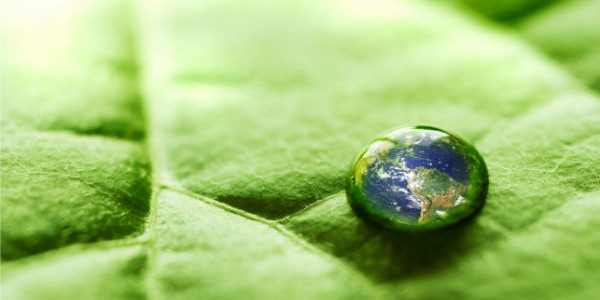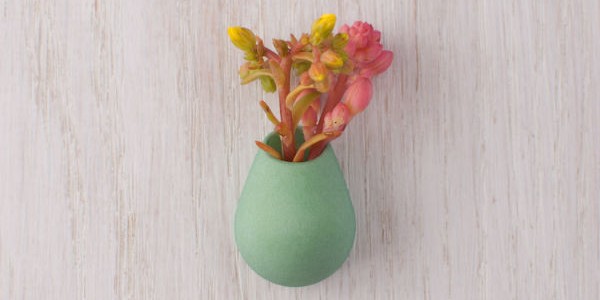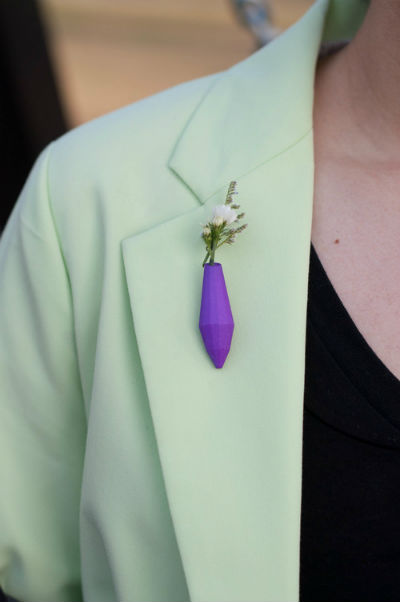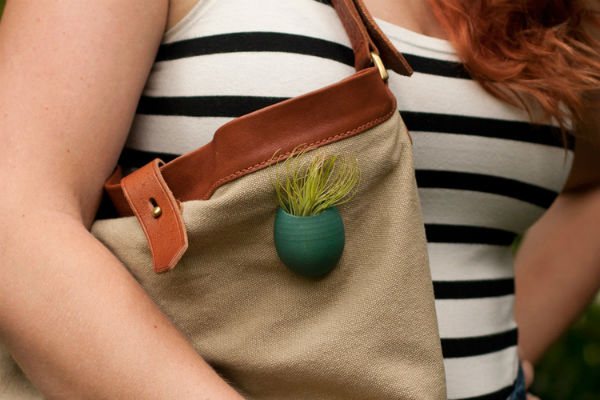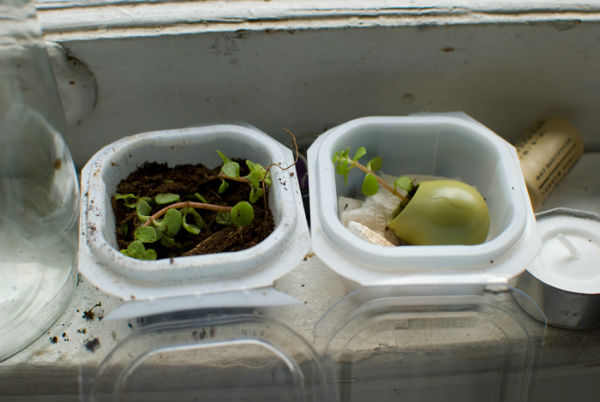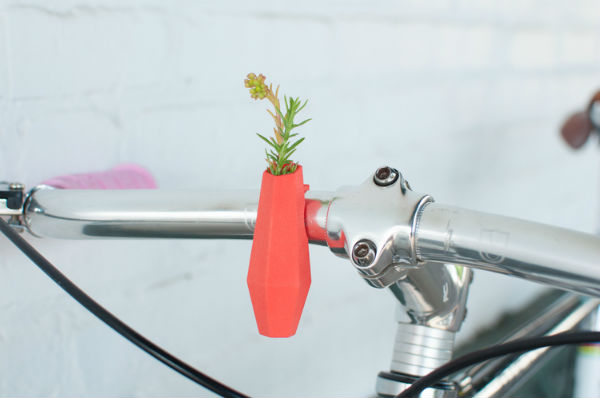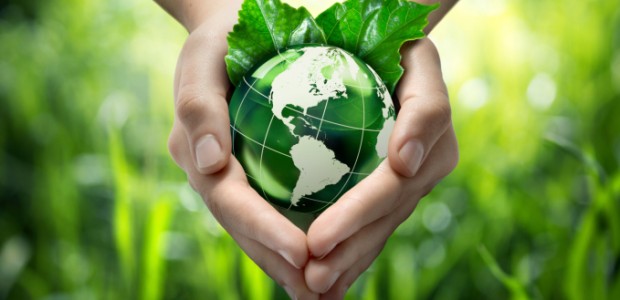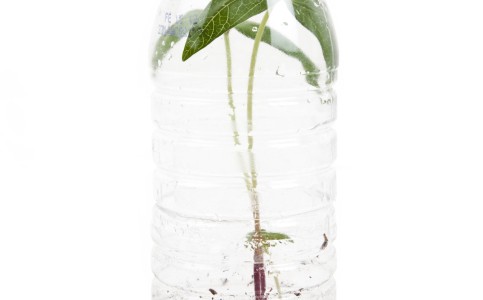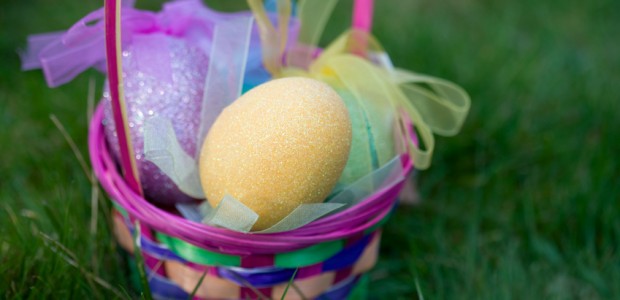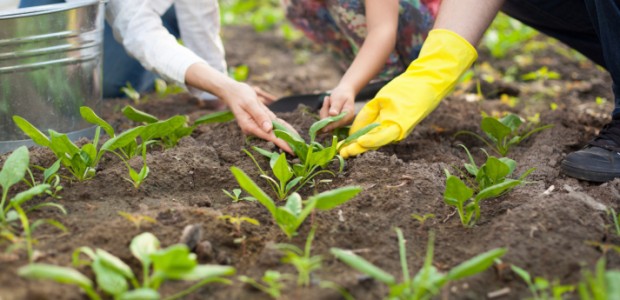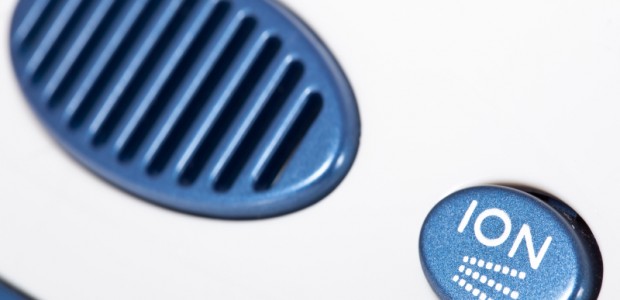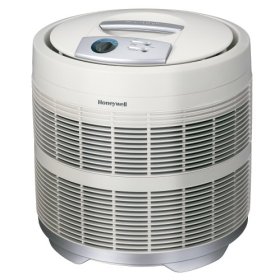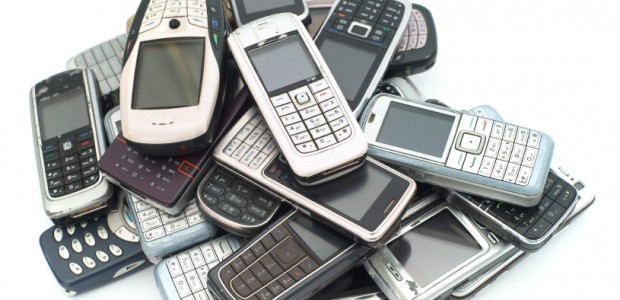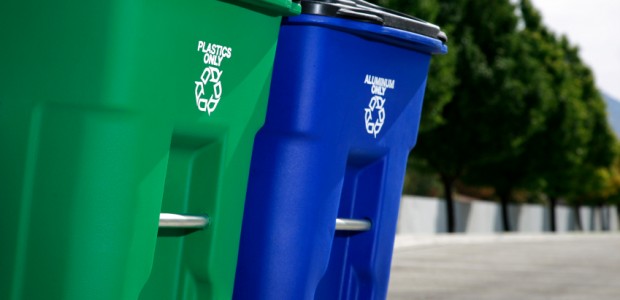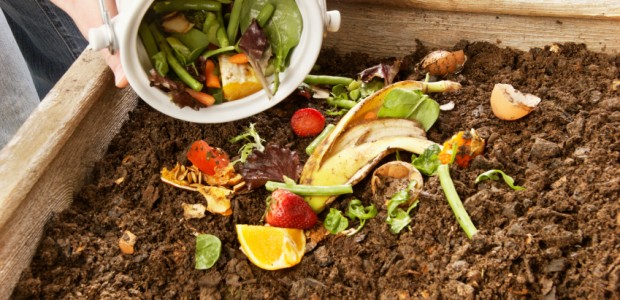There are as many reasons to take care of the Earth as there are people living in it. We all know that, of course. But sometimes we forget the actual impact we have in the world. And since a picture is worth a thousand words, here are some very tangible reasons to care about the environment.

1. The Maldives
The Maldives are probably the most vulnerable populated area when it comes to global warming. Rising sea levels threaten this little islands and eating away their land. Some very bleak predictions estimate that the Maldives will disappear below sea level in less than fifty years. People are already emigrating in preparation of losing their home.
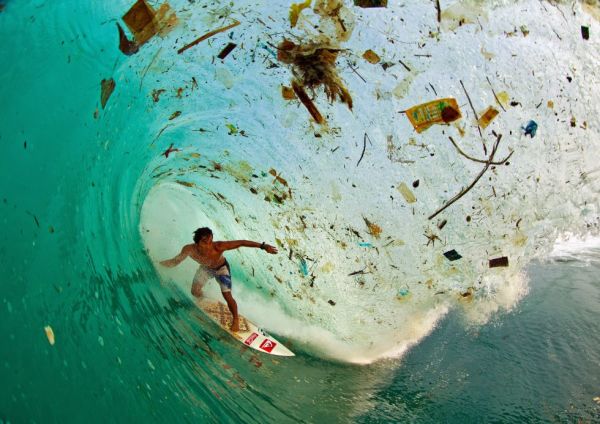
2. Java, Indonesia
This is the world’s most populated island and as such, the world’s most polluted one. People produce so much trash and waste that it completely surrounds the island and it’s not even possible to practice water sports without a wave of pollution taking the fun out of it.
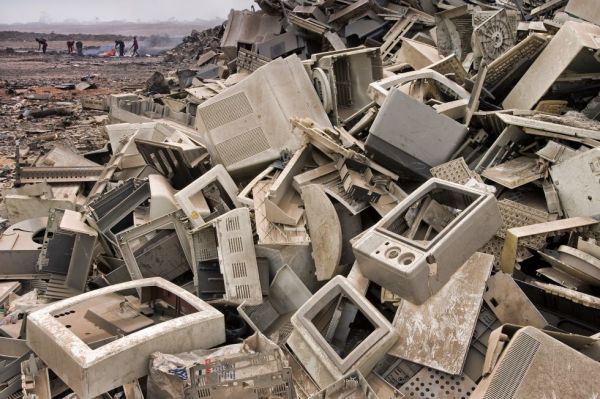
3. Accra, Ghana
Electronic waste is growing every day and we don’t even notice it. We’ve become accustomed to changing our computers fairly frequently as they develop faster and cheaper. But the other side of the coin is landfills all around the world filling up with our electronic waste. Nothing wrong with a new computer, we just need to learn to recycle the old ones.

4. Willamette National Forest
Only less than 1% of Willamette forest in Oregon, US remains intact. Most of it was cut down for agriculture and urbanization and the rest was lost to fires. Forests like this take multiple generations to grow, and now it’s not likely that we will ever get back even a fraction of what was lost.

5. The Amazon, Brazil
This rainforest is considered by many as the lung of the world. It plays a key role in the production of oxygen and climate regulation all around the world. And yet, every year we are losing a bigger part of it. Companies want to cut it down for farming land, urbanization and mining, and local governments are doing little to stop them.

6. Ken River, California
This is what an oil field that has been active since 1899 looks like. Drilling for oil has devastating consequences for the local environment that won’t just go away once we stop. And this is on top of all the other evils of fossil fuels we are so familiar with, like increasing emissions of greenhouse gasses.

7. Svalbard, Norway
The increase in temperatures because of greenhouse gases causes glaciers around the world to melt at an accelerated pace. This introduces large amounts of fresh water into the oceans, causing shifts in currents and climate. And, of course, a rise in sea level, which affects land close to the water, such as The Maldives.
